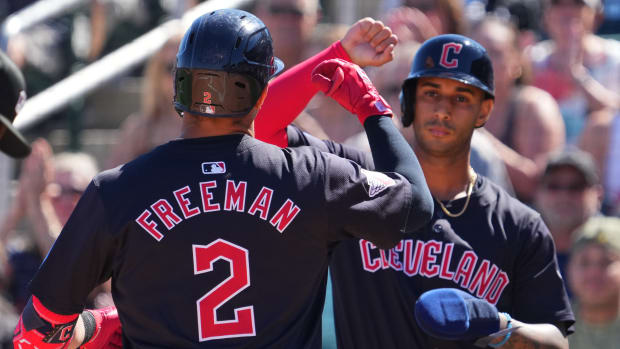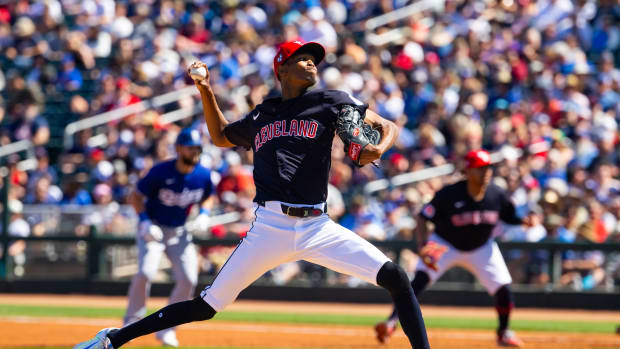As Lindor 'Deadline' Expires, Indians Complement Roster Instead

As the Cleveland Indians’ deadline passed for suitors to submit their offers for Francisco Lindor, the team signed a second baseman to complement their (still) franchise player.
There is no guarantee that the Indians’ decision to sign César Hernández was a concession that an off-season deal for Lindor is dead, but the timing appears to indicate that the door on such a deal has closed.
Consider that the only compelling option to trade Lindor involved a deal for Los Angeles Dodgers top prospect Gavin Lux, a second baseman.
The deadline passes, and someone is signed to fill in for Lux. Perhaps the deadline all along was not for a Lindor trade, but for an offer involving Lux. No Lux, no problem, as the contingency plan kicked in.
Of course, it would be foolish to not at least consider the inverse: a deal has partly been agreed to, and Lux will not be a part of it, so the Indians locked down a quality second baseman in the prospect’s stead.
A Lindor trade was never going to happen on anything but the Indians’ terms, though. They have never been compelled to deal the man who will be the best player in any reasonable trade made for him.
If they were dealing out of a position of power, why would the team then use resources to sign a player that facilitated a Lindor trade? In such a case, they would essentially be doubling down on a bad hand.
Depending on how much you favor yearly projections, signing Hernandez was actually the team’s better-case scenario than Lux, who is projected for 1.0 WAR by both Steamer and Depth Charts.
Hernandez is projected at 1.8/1.9 WAR. For reference, Jason Kipnis was worth 1.1 a year ago, and is projected at 1.2 for 2020, should he find 539 plate appearances somewhere.
Against the prevailing narrative this winter, the Indians are set to be better than they were a year ago. By dealing Corey Kluber and letting Kipnis walk in free agency, the team loses 1.7 WAR from last year and adds a projected 1.8 WAR at the latter’s position.
Games are not won and lost with metrics, but the Indians’ moves objectively indicate an attempt to build around Lindor in his final two seasons under team control. Now their timing seems to indicate that as well.





